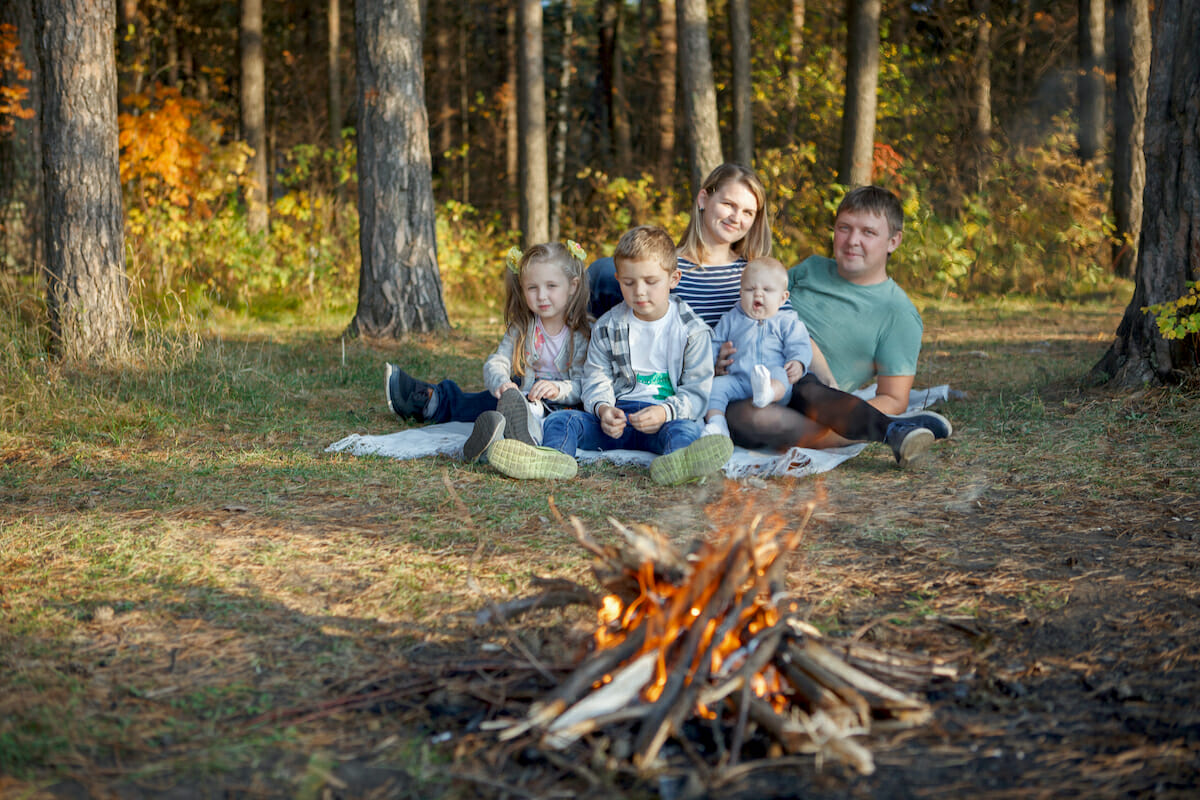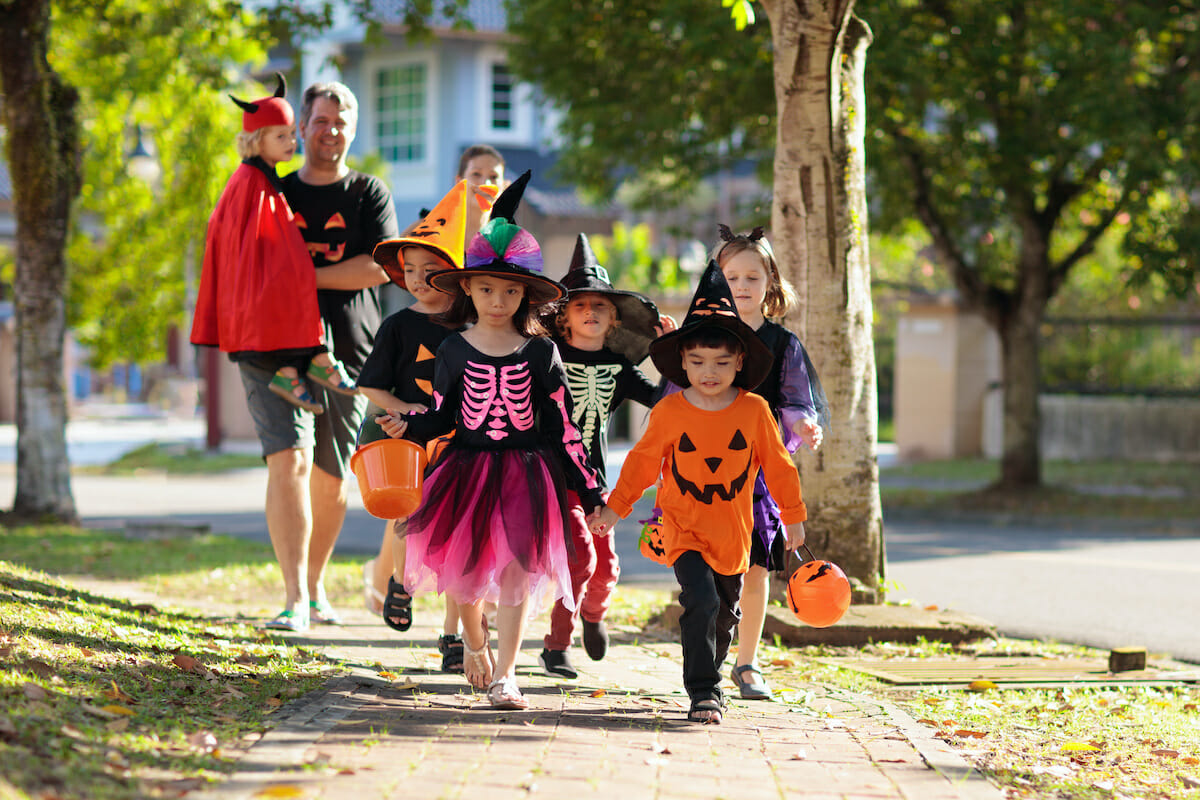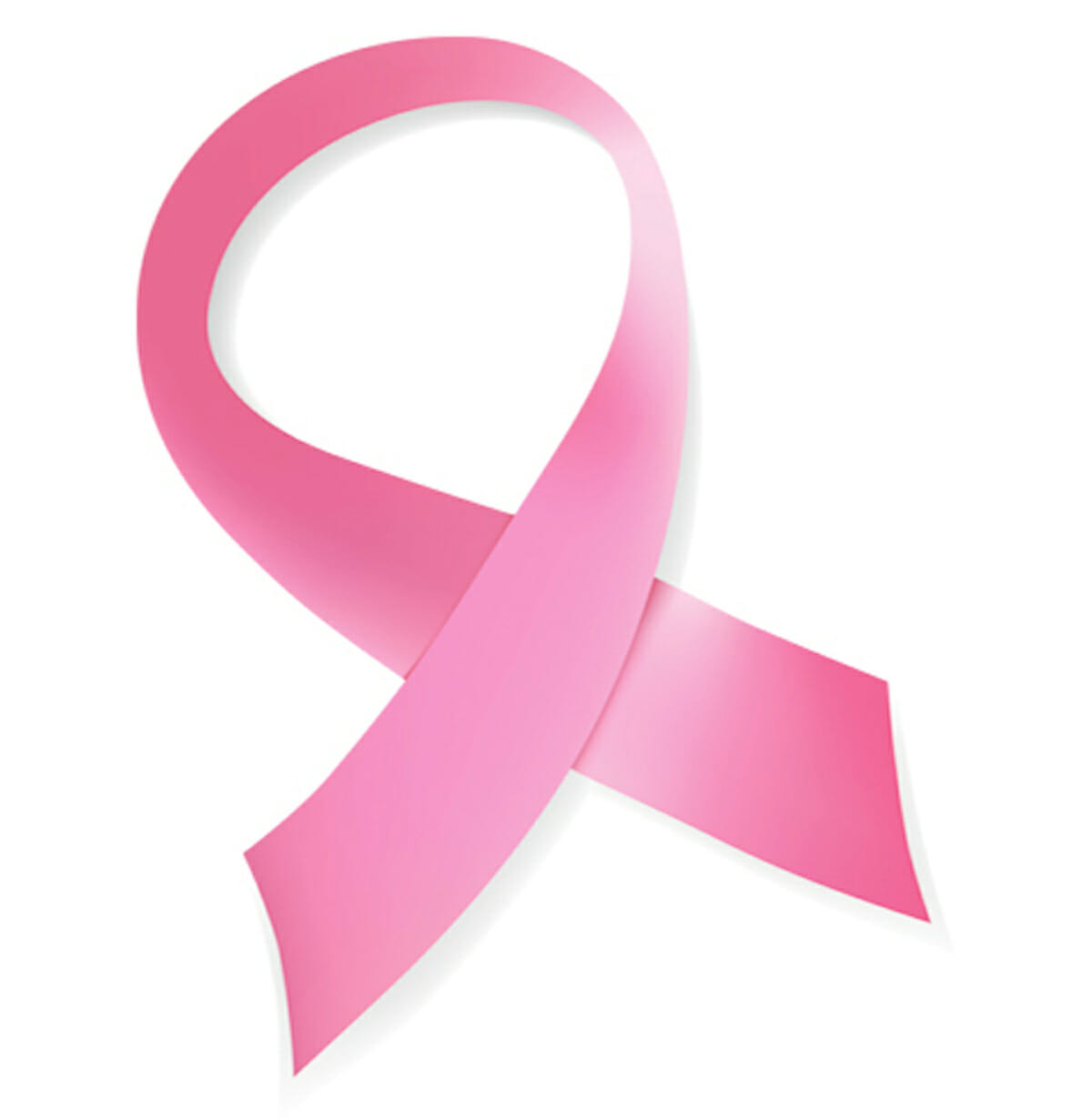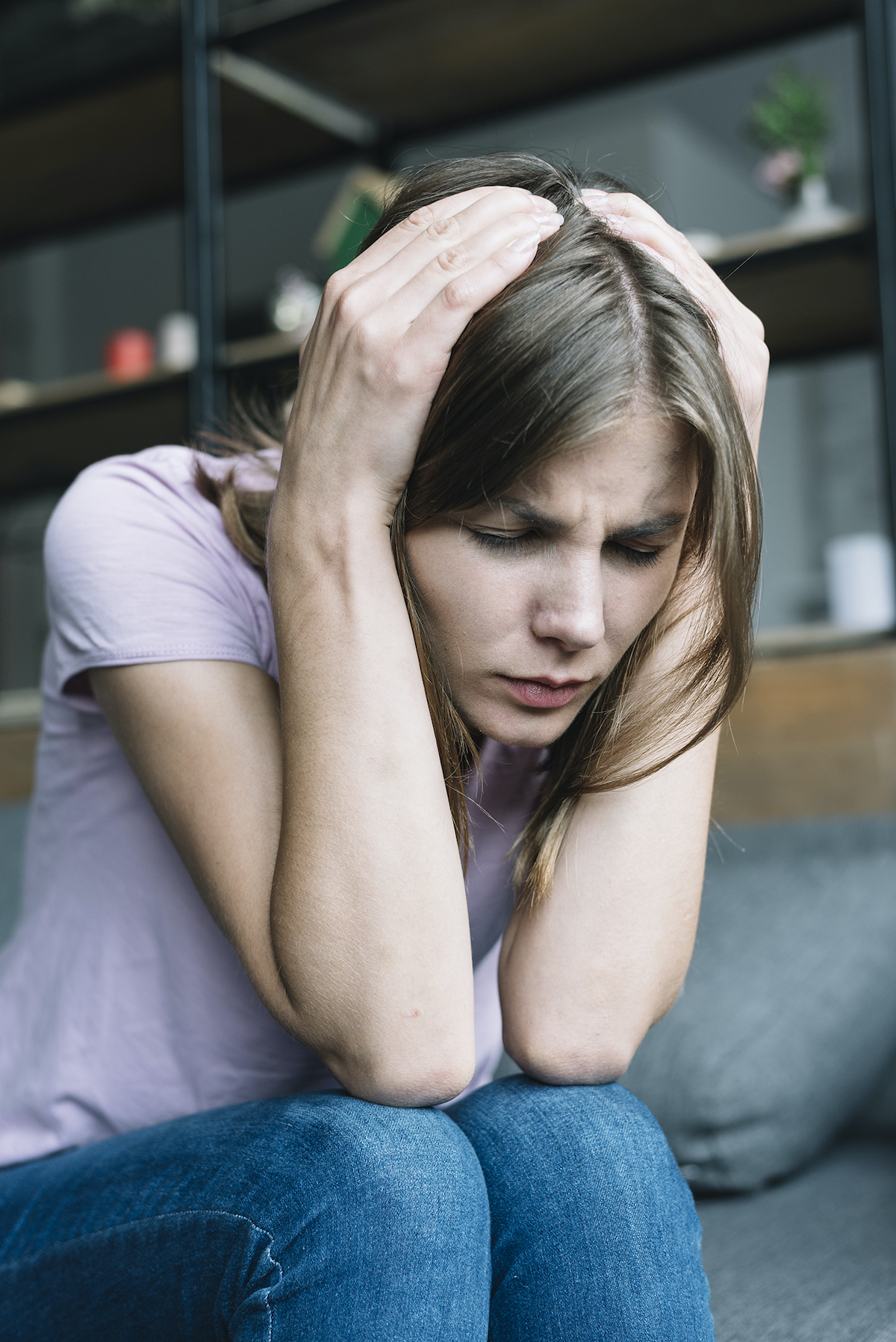With fall officially here, many people are enjoying the cooler nights outside by cozying up next to a bonfire.
But there are some tips to remember to keep everyone safe around the fire—especially kids.
“I think the biggest things are making sure you have the fire in the right place, you have all the equipment to take care of it in case it gets out of hand and you never leave your children unattended. I think those are three basic cardinal rules,” said Purva Grover, M.D., an emergency medicine physician for Cleveland Clinic Children’s.
Dr. Grover said it’s essential to make sure the bonfire is 20 to 25 feet away from houses, decks and other structures.
It’s also important to keep the fire distanced from bushes and low-hanging trees.
When building a fire, don’t use grass as a base and stay away from softer woods such as construction limber and pine since they can give off more sparks.
Dr. Grover stressed kids should have adult supervision and stay at least three feet away from the bonfire.
Kids also need to wear proper shoes and avoid flammable clothing like nylon or anything loose fitting.
As for potential injuries, Dr. Grover said children often get hurt when they throw items into the fire like leftover Fourth of July fireworks or squirting lighter fluid on the fire.
“Frankly, I see injuries from the leftover fireworks. When there are some left over, and they think they are no longer active,” Dr. Grover said. “We’ve also seen a bunch of popcorn kernels, and it’s not the popcorn per se. It’s when the kernel goes in, hits or touches a specific piece of wood, and then the spark comes right back up. But most of these injuries are because we are too close to the fire.” Adding lighter fluid or gas to a bonfire can cause a ‘burn forward’ or ‘burn back’ situation, which can be deadly.
If someone suffers a minor burn, Dr. Grover said to try running cool water over the area. Call a doctor if the pain persists. If it’s a more serious burn, take the child immediately to the Emergency Department.
Dr. Grover added there should be access to a garden hose, fire extinguisher or even sand to douse the flames if needed.
Source: Cleveland Clinic News Service, October 11, 2022












